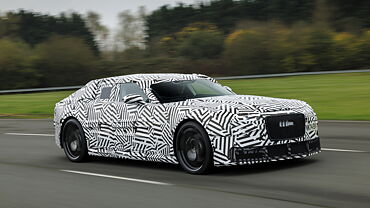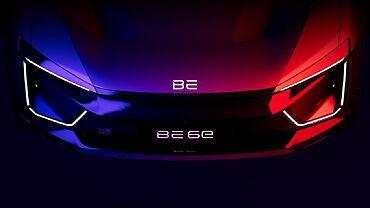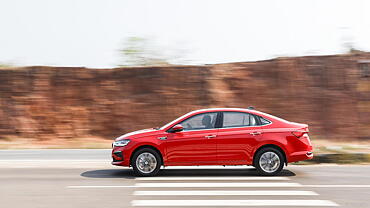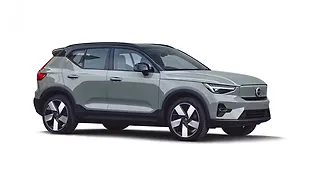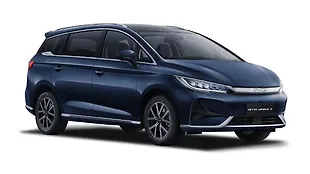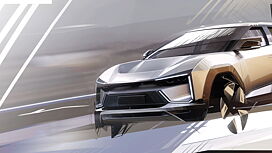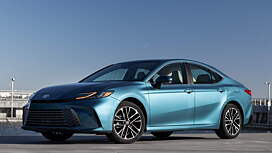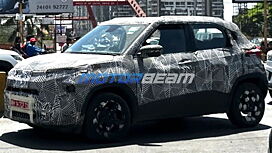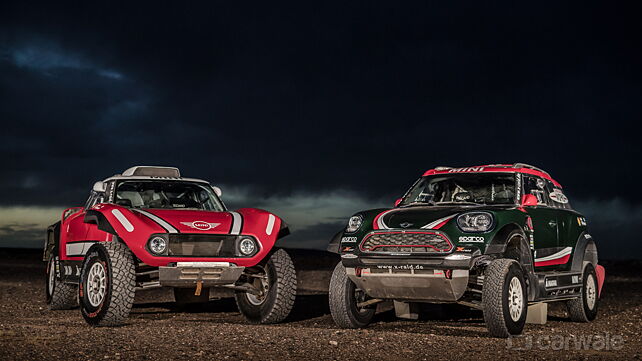
Mini with its partner X-raid Team will enter the next season of the gruesome Dakar Rally with two different type of vehicles. The standard Mini John Cooper Works Rally will be joined for the first time by a rear-wheel driven Mini John Cooper Works Buggy.

Sebastian Mackensen, senior vice president of Mini, commenting on their Dakar contenders, said, “With these two cars, we have the most powerful MINI family that ever raced at the Dakar Rally.” The new rear-wheel driven Buggy has been introduced to capitalise on the certain advantages reserved for the front-wheel-drive cars in the world’s toughest rally. The Buggy is powered by the same 3.0-litre straight-six diesel engine with 340bhp and 800Nm. The transmission and drivetrain are however new, says the carmaker.

The Buggy employs special tubular steel frame for safety, covered by carbon fibre reinforced plastic (CFRP) and Kevlar bodyshell. Mini says that the all-new Buggy has already undergone an intensive test programme over all types of terrain in Hungary and Morocco. Meanwhile, the standard all-wheel-drive Mini JCW Rally received a new chassis construction featuring greater suspension travel and weight reductions among other things. The Rally finished sixth in the overall rankings of the 2017 Dakar Rally. Overall, Mini and X-raid won four consecutive victories from 2012 to 2015.

To continue their streak, Mini and X-raid range for this year’s rally will comprise seven cars. With its driver line-up and the crew of organisers and technical and medical specialists, the X-raid Team is confident to be perfectly equipped for the endurance race.

The 2017 Dakar Rally marks the 40th edition of world’s toughest motorsport event. The stage opener will happen on January 6 in the Peruvian capital of Lima. The anniversary edition of the long-distance rally, which is taking place in South America for the tenth time, will take the rally participants from Peru to Argentina via Bolivia. The 2018 Dakar Rally incorporates extended desert stages as well as rock and boulder fields and asphalt tracks which will also take the cars up to an altitude of 4,000 meters in the Andes. The final stage will be completed on 20 January in Cordoba, Argentina.


